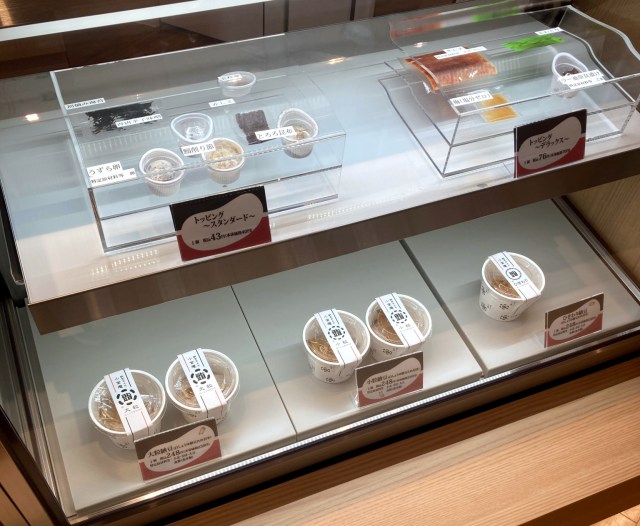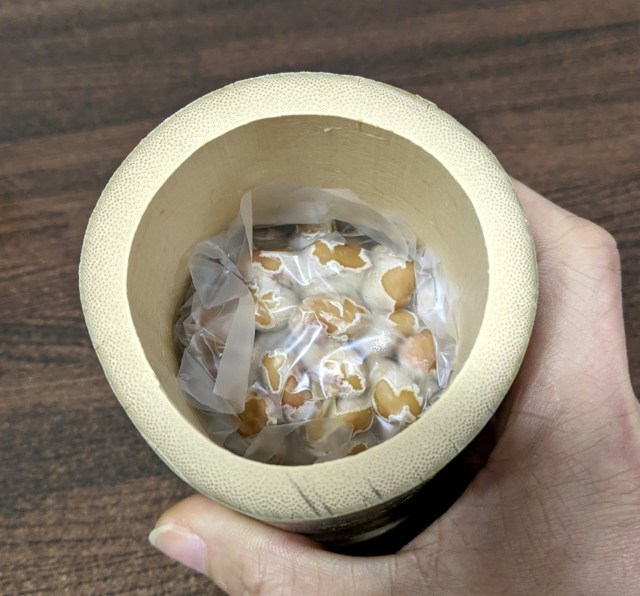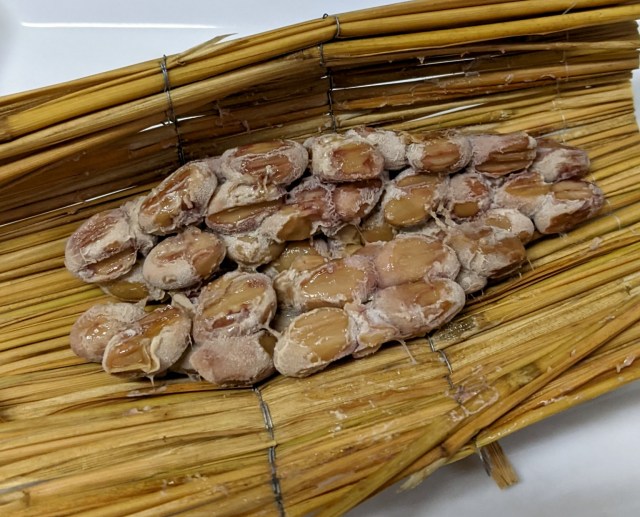Japan’s first made-to-order natto store will make you fermented beans without the putrid smell

Could this be the answer that all natto-nay sayers have been searching for?
Out of all the traditional food that Japan has to offer, you’ll struggle to find one that’s more divisive than natto, or fermented soy beans. Natto has a reputation of being notoriously despised by foreigners, due in large part to its distinctive aroma and mucus-like texture. But it’s not just non-Japanese who find natto polarising — a recent online survey found that around 62 percent of Japanese people enjoy eating natto, but the remaining 38 percent of respondents claimed they found it only tolerable or didn’t like it at all, claiming to only eat it for its nutritional benefits.
Our crack reporter Mr. Sato isn’t particularly averse to natto though, and in fact quite enjoys the taste. For him, the ammonia-like smell that accompanies a bowl of natto is just part of the experience, and something he’s become accustomed to. Just like the great philosopher Dolly Parton once said, “if you want the natto rainbow, you gotta put up with the natto rain.”
Still, he understands why natto can be so polarising, and thinks he may have stumbled across a solution to turn almost anyone into a fan of the fermented soy beans: a store selling custom-order natto.

Called Natto Bar Koganean, the store is located in Tokyo’s Kuramae District, and is Japan’s first customisable natto store. The concept of the store is to order natto the way you like it, just as you would cocktails in a bar.

There are many elements that you can customise to make your own preferred natto. There are three sizes of soybean: big, small, and coarsely ground. There are also ten toppings to choose from: dried kelp flakes, kimchi, onion, ume plum, seaweed, red shiso (beefsteak plant), quail egg, dried bonito flakes, green chilli miso, wasabi, and chilli oil. If you can’t choose, you can pick from the pre-made natto pots, pictured above.
Mr. Sato was mulling over which combination of natto to get when something else caught his eye. He’d spotted a packet of Naniwara natto (594 yen / US$4.48) and a packet of Takehime natto (648 yen / US$4.89).

Natto was traditionally made by wrapping cooked soybeans in rice straw and letting them ferment, and it seemed both the Naniwara (wrapped in rice straw) and Takehime (wrapped in bamboo) natto were made in a similar fashion. The soybeans used for the natto were domestically grown, and the natto culture was made from a natural strain found on rice straw.

Mr. Sato decided to taste test the Takehime natto first. Most natto comes in a plastic box or cup, so he was surprised to see the natto nestled inside the bamboo itself.

The soybeans were big and beautifully round, and looked nice and firm. Mr. Sato believes that the bigger the bean is, the tastier it will be, so he was expecting a explosion of flavour with this natto!

The Naniwara natto came wrapped in rice straw, which didn’t seem to be an ideal container for natto…

… but as Mr. Sato unwrapped the straw parcel, the beans inside were perfectly fermented, thanks to the natural cultures found on the rice straw. Unlike the bamboo, the rice straw wasn’t just a nifty way to contain the natto; it was actually used to make the natto itself!

These beans were also nice and big, but they weren’t as sticky as the ones in the Takehime natto were. They were more slimy, and Mr. Sato prefers a sticky bean to a slimy bean. But more than anything, Mr. Sato was surprised at the smell of the natto. He had been expecting that familiar, putrid scent to waft to his nostrils, but instead was met with the aroma of… absolutely nothing. The natto didn’t smell of anything at all!

For someone like Mr. Sato, who believed that natto, by definition, is “stinky but tasty”, this discovery rocked him to his very core. Up until now, natto claiming to be ‘odorless’ had left him disappointed, but this natto seemed to tick all the right boxes. It looked like natto, and if it tasted like natto then the possibilities would be endless!

The soybeans had a firm but chewy texture, and Mr. Sato could taste a mild sweetness from the soybeans. It was a very delicious but mild-tasting natto, though, so Mr. Sato recommends trying it with a dash of soy sauce. According to Natto Bar Koganean’s online store, it tastes even better when mixed in with the rice, and also with a hint of salt to bring out the sweetness even more, but Mr. Sato didn’t read this until after he’d polished off his bowl. Oops!
So in the end, Mr. Sato got to enjoy a tasty bowl of natto without having to endure the smell, and may never be able to go back to regular supermarket natto again. Aside from the store Mr. Sato visited, there is a branch in Osaka’s Tosabori District, and all natto can be custom-ordered online, and for anyone who is put off from eating natto because of how it smells, Mr. Sato recommends you give Natto Bar Koganean a try.
Restaurant Information
Natto Bar Koganean (Kuramae branch) // 納豆BAR 小金庵(蔵前店)
Address: Taito-ku, Kuramae 3-18-4 Life Core Kuramae 102
東京都台東区蔵前3丁目18-4 ライフコア蔵前102
Open 10 a.m. -7 p.m.
Closed Wednesdays
Website
Photos ©SoraNews24
● Want to hear about SoraNews24’s latest articles as soon as they’re published? Follow us on Facebook and Twitter!
Credit:

0 comments:
Post a Comment